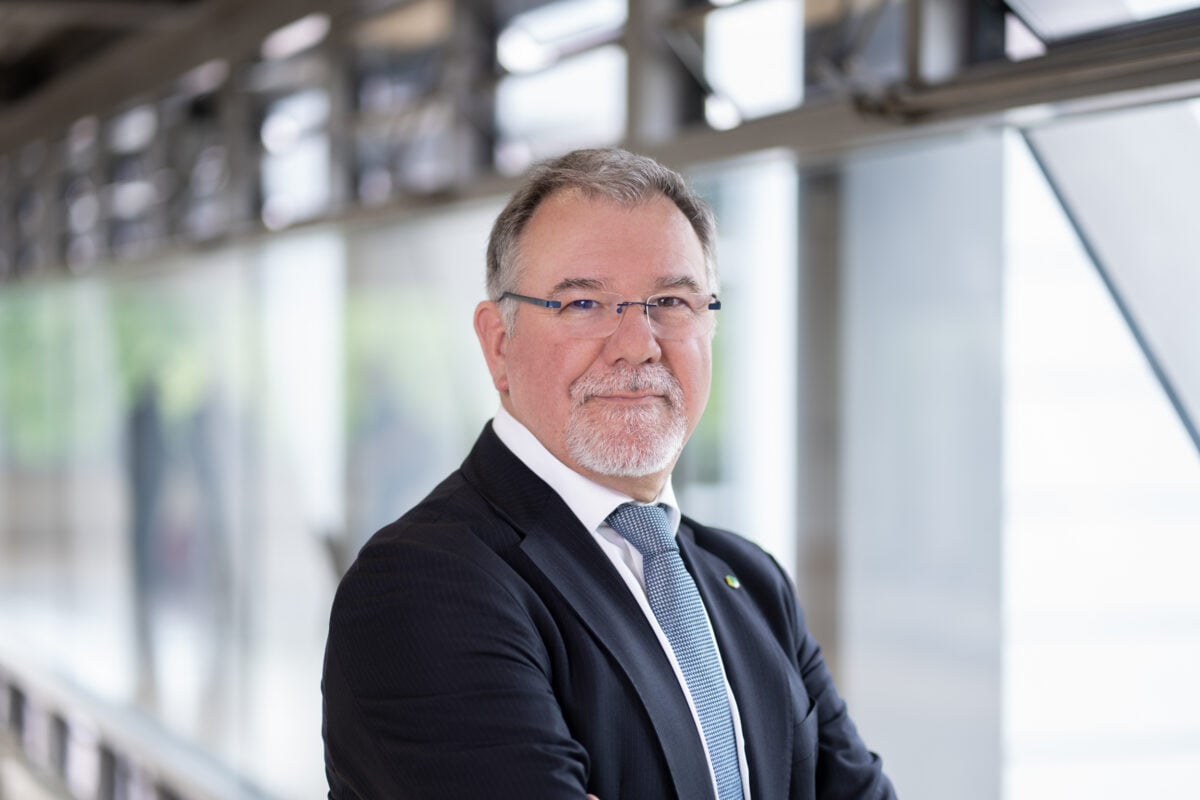
BaywWa r.e.’s Tomaso Charlemont believes revamping and repowering are becoming a distinct business discipline sitting between traditional EPC and O&M functions. Image: BayWa r.e..
As PV power plant owners seek to maximise the power generation of their assets over time, revamping and repowering are coming to the fore as vital processes for squeezing the maximum potential out of a site. Both involve the replacement of parts and processes at a solar plant to improve its electricity output, but the key difference is that revamping aims to return an ageing plant to its original capacity, while repowering seeks to build on the original asset’s capacity and extend its lifetime.
According to Tomaso Charlemont, European head of revamping and repowering for the German developer BayWa r.e., more efficient components as part of the revamping process could improve a project’s electricity yield by as much as 40% and make a project’s land use more efficient by as much as 50%. As a result, Charlemont foresees a “huge wave” of interest in revamping and repowering on its way as plant owners seek to maximise revenues from their assets.
(The above content is reproduced from pv-tech,By JP Casey)
Disclaimer: This website reproduces information from cooperative media, institutions or other websites. The publication of this article for the purpose of transmitting more information,and it does not imply endorsement of its views or confirmation of the authenticity of the content. All information on this website is for reference only and can’t be used as the basis for transactions or services. If there are any infringement or other issues in the content of this website, please notify it in time, then this website will be promptly modified or deleted. Anyone who logs in to this website in any way, or directly or indirectly uses the information on this website shall be deemed to have voluntarily accepted the binding of this website statement.